How to Plant the Money Plant: [Method, Care and Complete Guide]
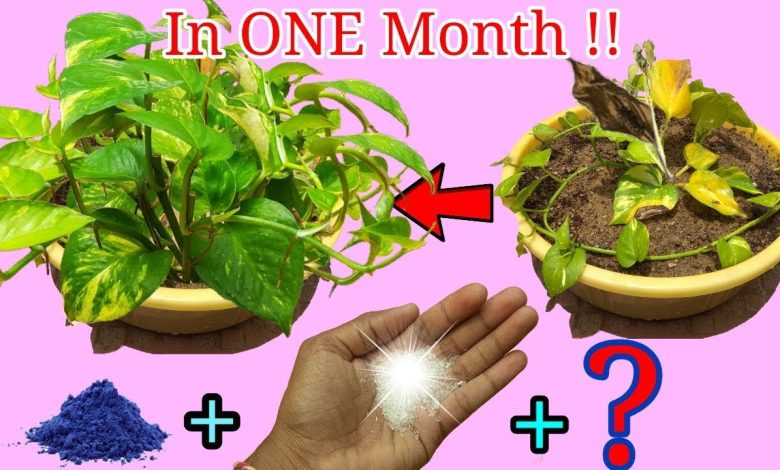
The Plectranthus verticillatus is popularly known asthe Money Plant.
Originally from the African continent, her good fame has spread throughout the world.
If you receive a cutting and it grows into a beautiful plant, then don’t hesitate: your luckhas been blessed and you will earn a lot of money.
Important points when planting the money plant
- When to sow? There are more than 300 varieties that withstand changes in temperature in all seasons of the year.

- Where to do it? In land or gardens with sufficient light. Direct sunlight is not recommended.
- Growing time? It is a fast growing plant.
- How to prepare the land? Substrate must contain a lot of organic matter.
- Best time for transplant? in autumn.
- How do we water? Three times a week is enough. It needs a humid environment.
- What pests and diseases does it suffer from? Cochineal, mites, fungi, snails and rot.
Characteristics of the money plant
- Botanical name: Plectranthus verticillatus is.
- Plant type: Annual, perennial.
- Adult size: 150mm – 2m tall.
- Sun exposure: Full sun or partial shade.
- Type of soil: Good drainage.
- Soil pH: 6.0.
- Flowering time: Spring, winter, autumn.
- Flower color: Purple, pink, white and blue.
- Native area: Africa, Madagascar, India.
The money flower is characterizedfor its dense foliage and for its very rapid reproduction by cuttings,which will mean that in a few days you can have a new plant to sow. It is also known as the dollar plant or Swedish ivy. It is a perennial type plant, of the Labiaceae family. Which implies that it is more than likely that it can have uses as an aromatic plant.
Plectranthus is a large genus of plants native to parts of the southern hemisphere containing approximately 350 species. Plants in the genus Plectranthus are closely related to mint, as they are part of the same family, the Lamiaceae family. The genus Plectranthus is characterized by having both annual and perennial plants, many of which are used for food, ornamental, and medical purposes. Many Plectranthus species share common characteristics, such as colorful, aromatic foliage, and leaves that tend to be wavy, serrated, or scalloped at the edges. The Plectranthus genus is characterized by having both shrubs and groundcover plants.
When to plant the money plant?
Although this genus harbors more than 300 species of important variations inany season of the yearIts cuttings will give new life if you give it the care it deserves.
Where to plant the money flower?
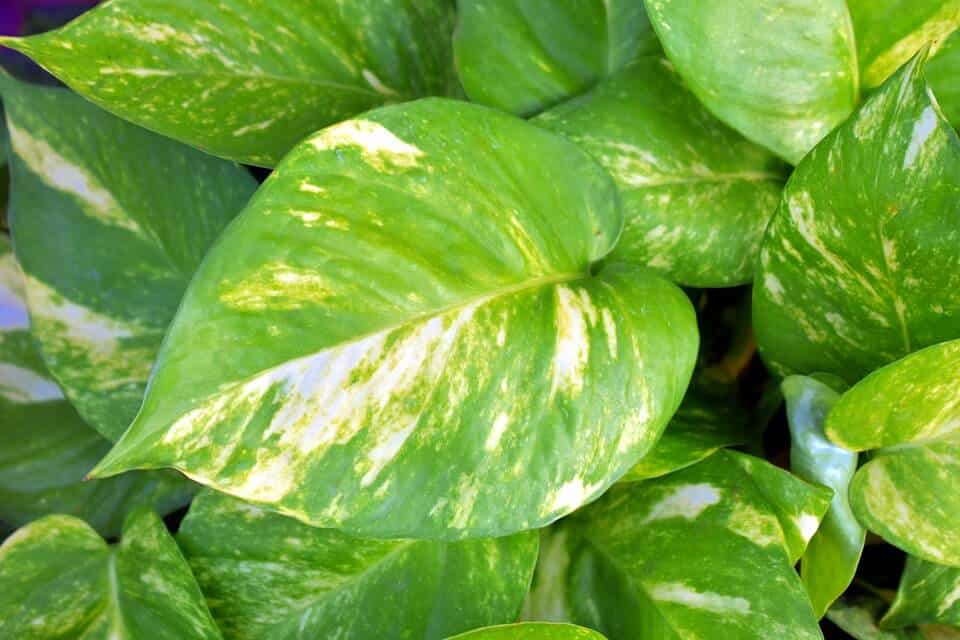 Since it comes from the African continent, it is obvious thatresists high temperatures in warm or tropical areas.But it is also adapted to habitats with high humidity.
Since it comes from the African continent, it is obvious thatresists high temperatures in warm or tropical areas.But it is also adapted to habitats with high humidity.
If we have it in a pot with good light on a balcony or window, it should be protected if the outside temperature drops to more than 10 ° C.
There are species that can withstand up to 30 ° C. Others just won’t tolerate it.
Investigating which is the best species that adapts to our predominant climate is ideal for them to last several years in our home.
The money plant should receive light in partial shade,nothing to expose it directly to the sun’s rays, so the privileged place it will have in our house must meet that essential requirement.
And hanging it (it can be a hanging plant) somewhere high in the house will allow it to expand quite a bit and its leaves to fall without major problems when they correspond.
In short, it does not resist low temperatures and neither does it withstand the direct incidence of sunlight. It dies if it is very exposed to these situations of sudden environmental changes.
How do we prepare the land for growing the money plant?
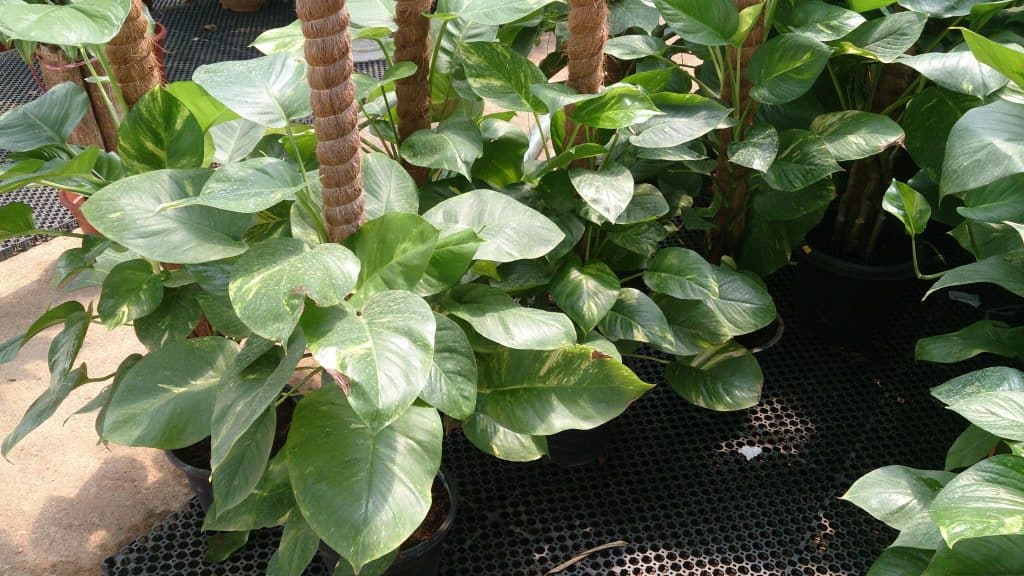 When choosing a pot as a place to grow our plant, the substrate must contain a lot of organic matter and an excellent drainage system to prevent excess water.
When choosing a pot as a place to grow our plant, the substrate must contain a lot of organic matter and an excellent drainage system to prevent excess water.
Liquid fertilizers such as compost or manure are excellent for keeping the soil nourished. The amount? 2 or 3 grams per pot will suffice.
Once a month it will be ideal to apply fertilizers nutrient richthat strengthen the earth.
Worm castings are excellent for giving you organic nutrients.
How do we water the money plant?
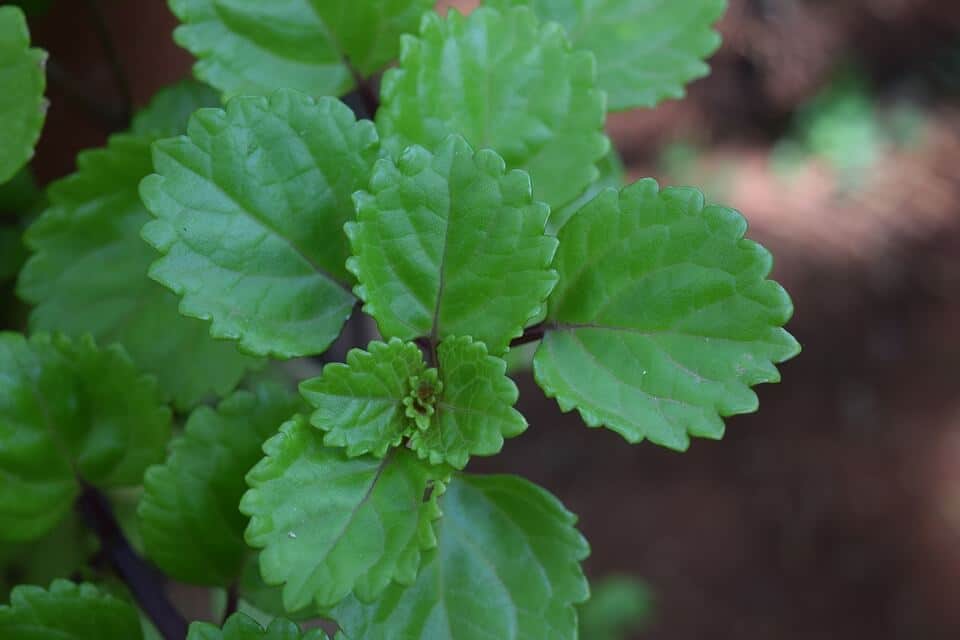 It is not necessary to give it abundant watering.Three times a week is enoughto complement it in the absorption of nutrients, when summer dominates and we notice that the land dries more quickly.
It is not necessary to give it abundant watering.Three times a week is enoughto complement it in the absorption of nutrients, when summer dominates and we notice that the land dries more quickly.
In other seasons of the year, once a week it will be enough to water it with water.
A curious fact is that the plant is able to warn us if it has excess water, because its leaves turn dark, like black, which indicates that we should stop and let the substrate dry.
How to plant the money plant step by step?
Planting it is not complicated either. No way. Let us then see how we achieve its reproduction and multiplication.
- Cut several stems from 8 to 15 centimeters. Remove all lower stems. Verify that the freed area is about 5 cm, because you will need it to submerge it in water and make the roots sprout.
- This should be done in a transparent container. After about two weeks we will begin to notice good buds.
- The cuttings should then be placed in individual pots. Each shoot goes in a pot, so that it develops more easily before being placed in its final place.
- When the root is already strengthened, in about 20 or 30 days after submerging the stem or cutting in water, it is then necessary to place it in the definitive pot, with sufficient fertilized substrate and good water drainage.
- Do not forget that the selected stems must be thick and the leaves very green, very alive. This guarantees success in the multiplication procedure of this unique plant with beautiful flowers of various colors.
How to reproduce the money plant?
Propagation or reproduction of the money plant is easy through leaf or stem cuttings.
When the leaves or part of the stem fall, break off or are collected, you just have to wait a day or two for the edges to dry slightly, and then just bury them (approximately a quarter) in an organic material. homemade like fresh, moist compost.
The part that gets «buried» has to be the exposed end that was attached to the stem. Keep warm, provide bright light protected from direct sunlight, keeping the soil slightly moist.
If all goes well, the tiny new plants will begin to poke through the soil around the base of the leaf cuttings a few weeks to a few months later. Before you know it, you’ll have a ton of new babies to give to family or friends.
Should money plants be pruned?
Species of the genus Plectranthus can be pruned regularly to help them maintain an attractive shape.
Bush varieties look best when trimmed and shaped into denser bushes.
Ground varieties grow quickly and can be pruned regularly to prevent overgrowth.
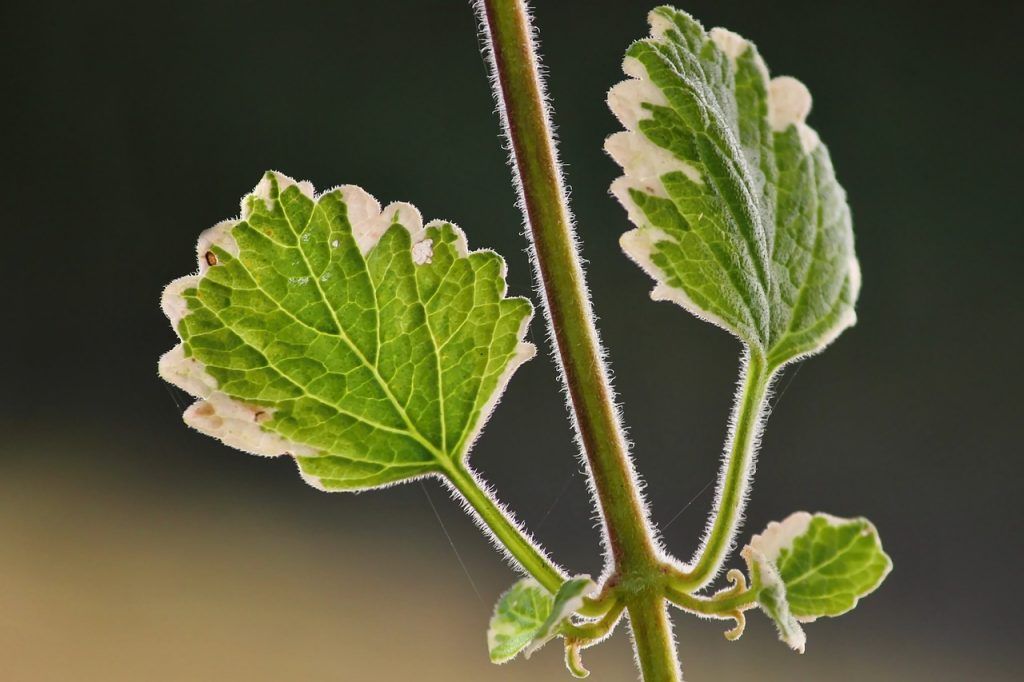
Is the money plant toxic?
Money plants are poisonous to cats and dogs and slightly toxic to humans. The most common side effects of consuming these plants are diarrhea and upset stomach.
What pests and diseases does it have?
Although this plant is very resistant to pests and diseases,the cochinealthat attacks leaves and stems can do a lot of damage.
It must be removed using cotton swabs or swabs and a suitable product must be applied to eradicate the pest.
Snails, fungi, spider mites and rot, which turns stems and leaves black, can also attack you. That is why it is essential to avoid excess moisture.
Possible problems you can find in your money plant
What if my money tree plant gets an insect infestation?
The most troublesome insects for money tree plants are aphids and mealybugs. Although both are a nuisance, neither will be harmful to your tree as long as you act quickly.
For both types of pests, insecticidal soap with warm water can help eliminate invaders.
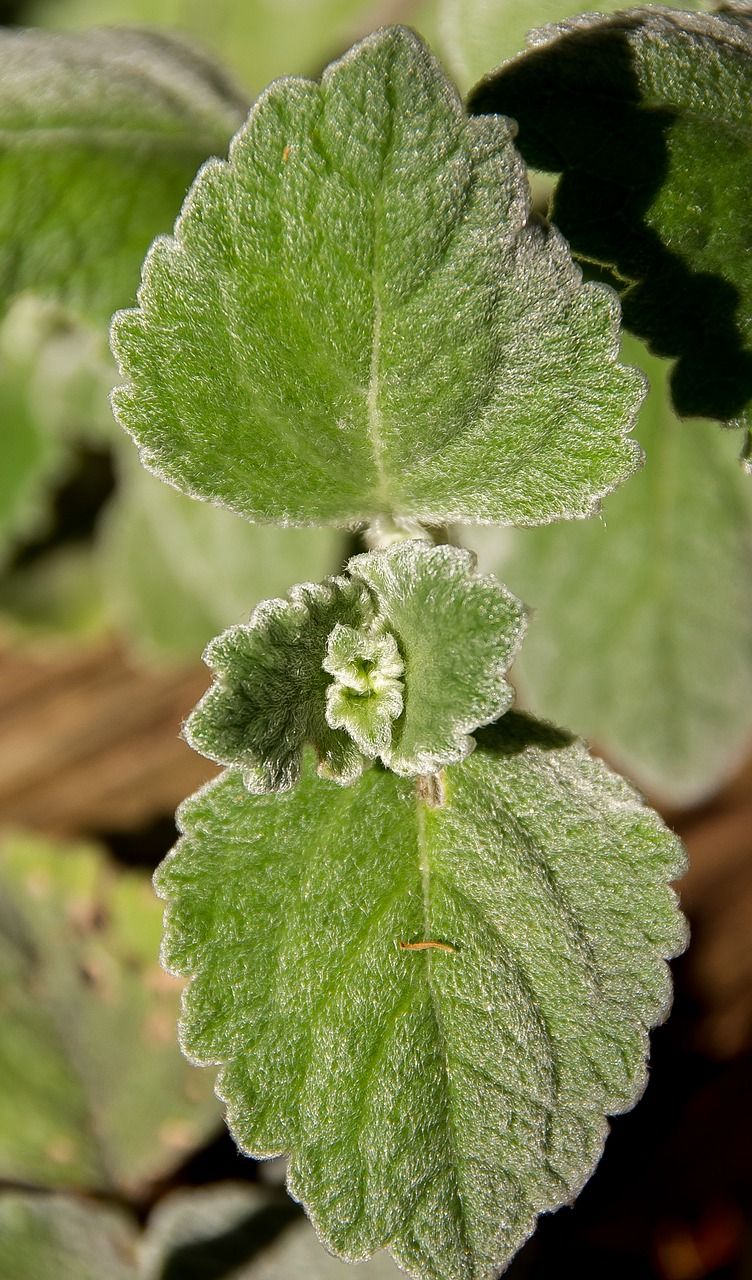
I think my money plant has rotten roots. And now that?
Root rot is a common problem, especially if it has been overwatered. Don’t panic though, it’s not too late to save your tree. To remove root rot from your money tree, you will need to repot it with fresh soil.
Remove it from the diseased pot and wash off the diseased soil. Then transplant it into a new pot with well-draining peat soil.
Next, try adjusting your watering routine to ensure root rot doesn’t recur. Try to provide your tree with only two ice cubes or three tablespoons of water per week.
Why are the leaves of my Plectranthus discolored?
Your plant may have received too much direct sunlight, which can cause the leaves to burn.
Move your money plant to a bright area that receives a lot of indirect light, however make sure it is not in the path of direct sunlight at any time of the day.
Also, no controlled release fertilizer is often used, so if the plants start to turn pale yellow they may need a small dose of fertilizer.
Why is my money tree plant losing leaves?
Like all plants, it is normal for money trees to lose some leaves.
However, if you notice leaves falling off with an unsettling frequency, your tree may be reacting to exposure to drafts.
This could come from opening and closing a door or being placed near a vent. Keep in mind that both cold and hot, dry air can cause damage, so be mindful of where you place your tree.
Does my money plant get enough moisture?
Money tree plants thrive on moisture. Some people choose to put a humidifier in the same room during the cooler, drier months, it can also create a humidity tray.
Simply fill a shallow tray with pebbles, partially cover the stones with water, and place the money tree on top. In addition to providing your tree with much-needed moisture, this can also create a pleasing aesthetic.
Plectranthus varieties
There are more than 350 species in the genus Plectranthus. Some of the most popular varieties are:
- Plectranthus scutellarioides, also known as Coleus (many sub-varieties).
- Plectranthus amboinicus, or Mexican mint.
- Plectranthus ‘Mona Lavender’.
- Plectranthus parviflorus ‘Limplepl’, or Blue Yonder.
- Plectranthus forsteri, or green on green.
- Plectranthus verticillatus, or Swedish ivy.
- Plectranthus tomentosa, or Vick’s plant.
- Plectranthus caninus, or frightened cat plant.

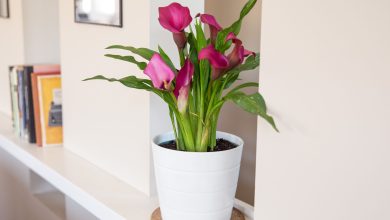
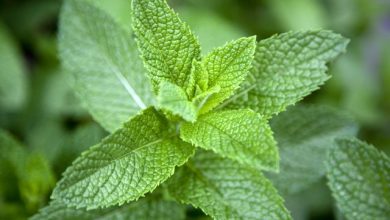

![Photo of Echeveria: [Cultivation, Irrigation, Associations, Pests and Diseases]](https://www.complete-gardening.com/wp-content/uploads/2022/08/echeveria-cultivation-irrigation-associations-pests-and-diseases-390x220.jpg)